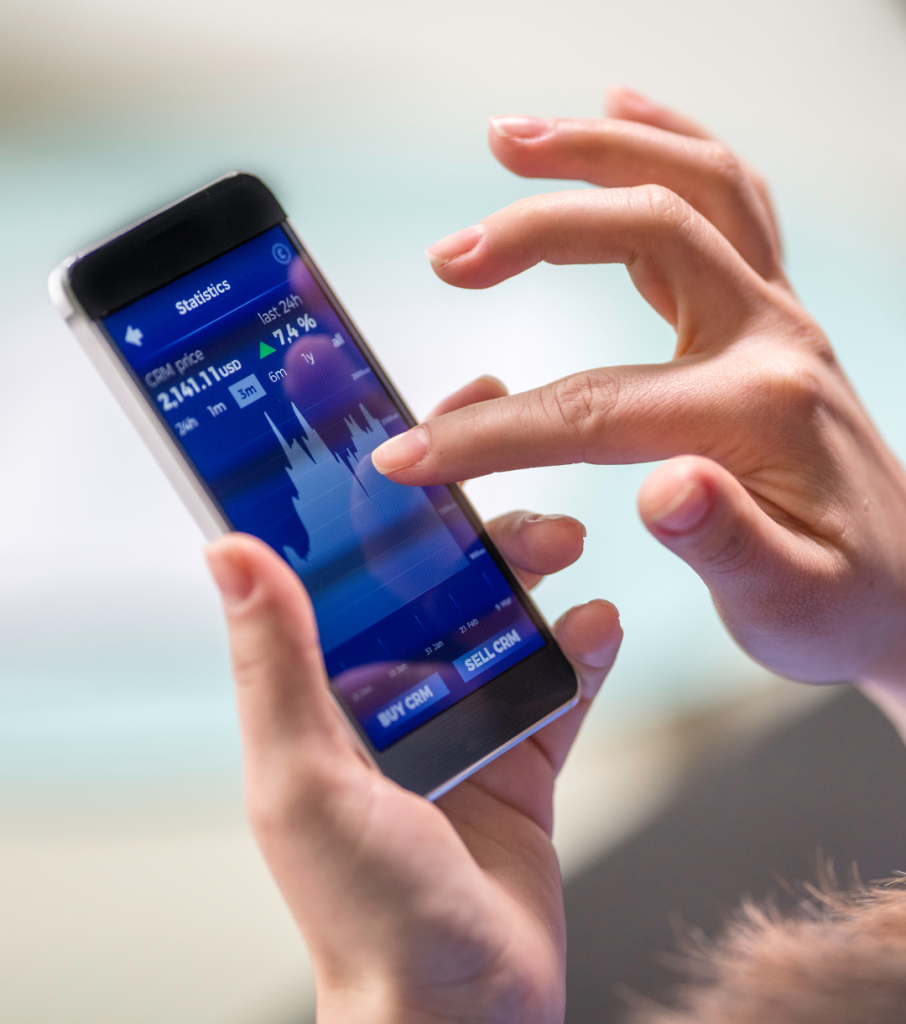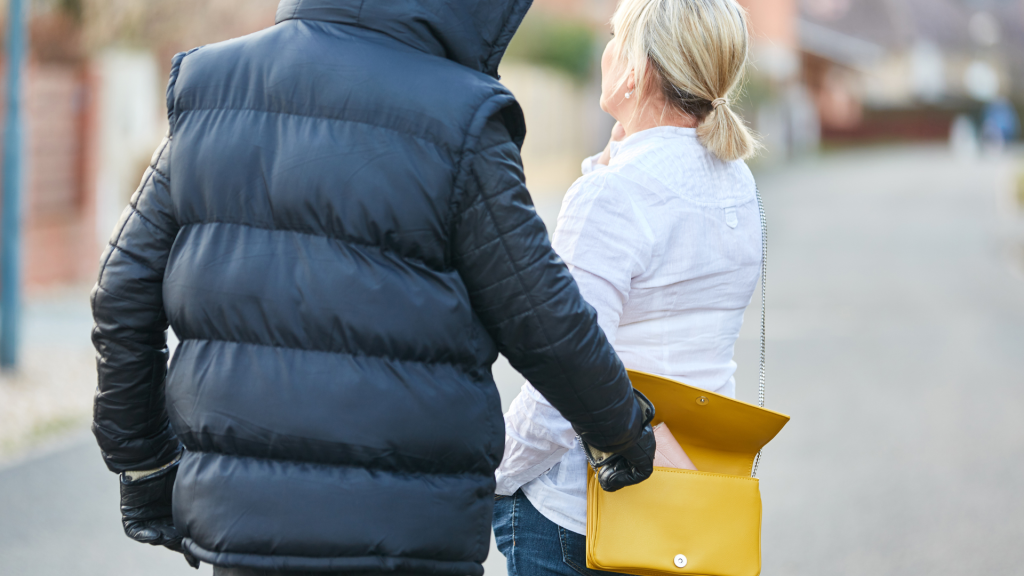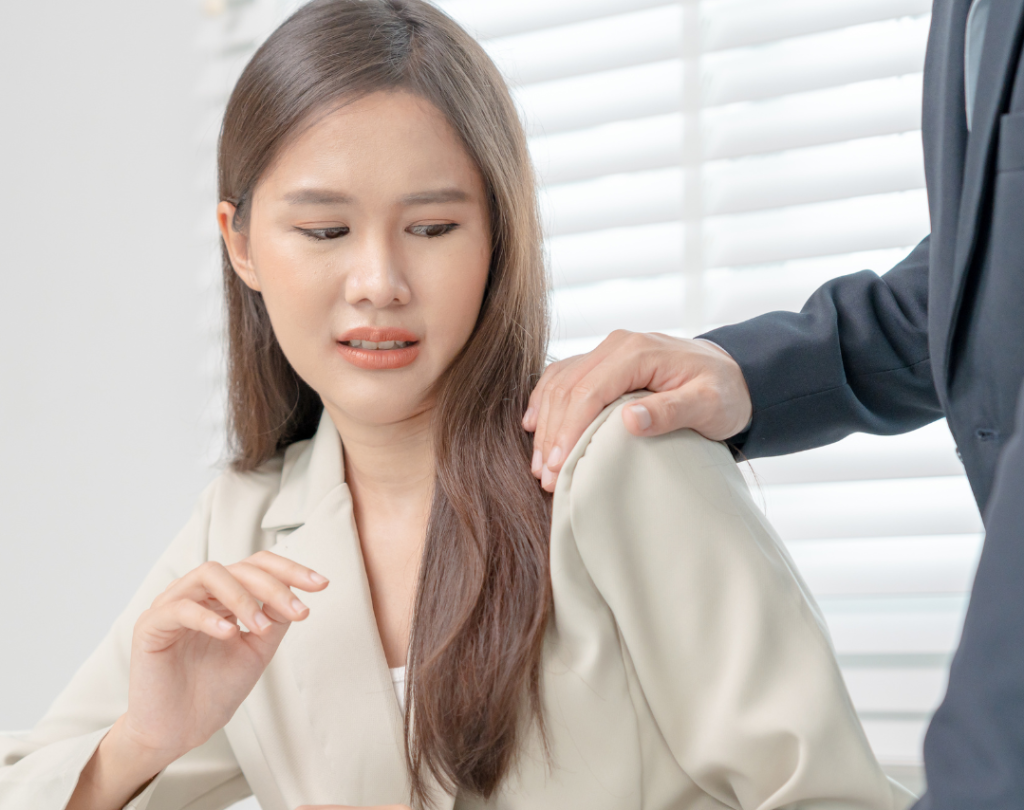Our Blogs
WOMEN’S SAFETY: SMARTPHONE TIPS SHARED ONLINE
Following the tragic death of Sarah Everard, who disappeared while walking home from a friend’s house in south London last week, people across the UK have been sharing personal safety tips on social media.
Police have confirmed that the body found in woodland near Ashford in Kent is that of the 33-year-old marketing executive.
A metropolitan police commissioner stated that it is “thankfully incredibly rare” for women to be abducted on London streets. However, women nationwide have shared their experiences of facing fear or intimidation.
Several useful phone features for personal safety have been highlighted, including built-in smartphone functions and popular apps with emergency call shortcuts and temporary location-tracking services.

Emergency call shortcuts
Most smartphones include an emergency call button on the unlock screen, accessible without unlocking the device. On some phones, pressing the power button and a volume key can also activate a shortcut to 999. On iPhone 8 or later models, holding these buttons will sound an alert, start a countdown from three, and make the call automatically if the buttons are still pressed. iPhone users can also say “14” to Siri, which will prompt an emergency call.
Emergency contacts can be set up via the iPhone health app, which notifies chosen contacts if an emergency call is made. Google’s safety app on Pixel handsets has a similar function. Samsung’s emergency mode prolongs battery life while keeping the phone on standby, limiting features but enabling emergency calls, contacts, and location-sharing with minimal power usage.
Location-sharing
Various location tracker apps are available, but constant tracking is not desired by everyone. WhatsApp users can share their location with a contact for a set period (15 minutes to eight hours) by selecting “location” from the attachment button next to the text box. Android phones with emergency location services enabled will automatically share the device’s location with emergency services during a call. iPhones ping their location after an emergency call, though this can be canceled by the user.
‘Hey Siri, I’m being pulled over’
This iPhone shortcut, not made by Apple but popularized in the US since George Floyd’s death, requires iOS 12 or above and specific permissions. When activated, saying “Hey Siri, I’m being pulled over” dims the screen, pauses music, activates do not disturb, starts a front-facing camera recording, and sends an automated message with location to an emergency contact. It serves as a civilian equivalent to police body cameras.

Potential violence from online sources
Violent Attacks and Sexual Assaults
Sarah Everard’s disappearance has sparked a conversation about violence against women by men. Here are some key statistics:
- In the year to March 2020, 207 women were killed in Great Britain, accounting for about one in four homicides. The number of female victims was lower than the previous year’s 241, the highest in a decade.
- Research from the Femicide Census shows that 1,425 women were killed by men in the UK from 2009 to 2018, averaging one killing every three days.
- Over the past decade, England and Wales recorded 4,493 male homicide victims and 2,075 female victims, with more than 90% of killers being men.
- About 57% of female victims were killed by someone they knew, compared to 39% of male victims.
- Over 70% of women were killed in their own homes, double the rate for men.
Other Violent Attacks
Men are generally more likely to be victims of violent crimes such as assault.
- An estimated 1.3% of women and 2% of men experienced violent crime in the year ending March 2020.
- Most violent attacks are by known individuals – 92% for women and 79% for men.
- In 2019, 85% of those convicted of violent crimes were men.
Sexual Offences
- The Office for National Statistics (ONS) estimates that 4.9 million women have been sexually assaulted in their lives, including 1.4 million raped or facing attempted rape. About 989,000 men have experienced sexual assault, including 87,000 cases of rape or attempted rape.
- Sexual assault is most common among younger women, with one in 10 aged 16 to 24 reporting victimization in the past year.
- One in five women has experienced stalking since age 16, double the rate for men.
- Most sexual offences are not reported or solved, with only 59,000 of 151,000 estimated rapes reported to the police last year. Just 1,439 convictions were secured.
Reasons for Not Reporting
- Nearly a third of women tell no one about rape or attempted rape.
- Fewer than one in six report it to the police, dropping to one in 10 for women under 25.
- Common reasons for not reporting include embarrassment, doubt in police effectiveness, and fear of disbelief.
Sexual Harassment
While official statistics are scarce, surveys indicate widespread sexual harassment.
- A YouGov poll for UN Women found that seven in 10 women experienced sexual harassment in public, with nearly nine in 10 among younger women.
- Over half of women experienced catcalling, 40% faced groping or unwelcome touching, a third were followed, and one in five faced indecent exposure.
- Another YouGov survey in 2016 found that half of women faced sexual harassment at work, mainly through inappropriate comments or touching.

Domestic Abuse
- Last year, 1.6 million women in England and Wales were estimated victims of domestic abuse, alongside 757,000 male victims.
- There has been an increase in domestic abuse since lockdowns began in March last year, with 444,000 domestic abuse-related crimes recorded between April and September, accounting for nearly one in five crimes.
Further reading links
https://www.bbc.co.uk/news/technology-56373292
https://www.one2nine.co.uk/2021/01/24/womens-safety-smartphone-tips-shared-online/
https://blog.chayn.co/do-it-yourself-online-safety-guide-for-women-494a4d7c0ac4
https://blog.dashlane.com/tips-for-women-on-how-to-stay-safe-on-and-offline/
https://www.enostech.com/womens-safety-smartphone-tips-shared-online/
